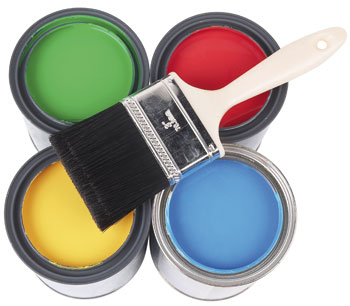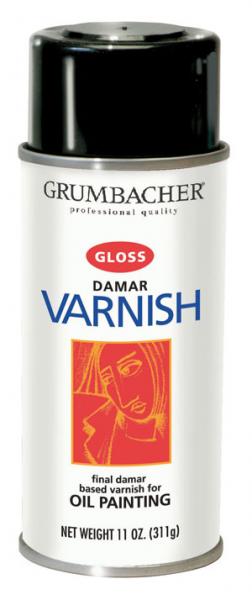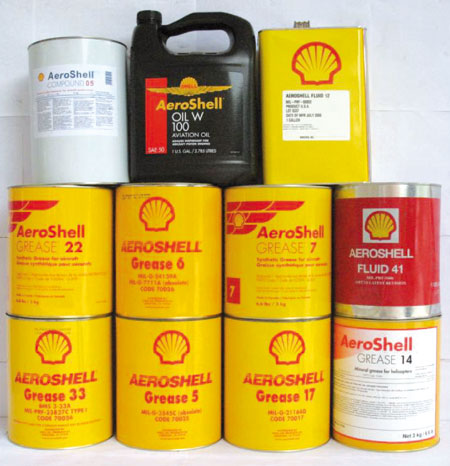Chemical products: packaging
TRENDS AND NUMBERS Focus on varnishes, supplementary products for paints and varnishes, inks, lubricants and greases: market shares and variations in the packaging share distribution.
 The chemical sector is an extremely diverse component of the manufacturing industry: indeed, it ranges from plastic raw materials to fertilizers, from chemical fibers to phytopharmacy, from household detergents to paints and inks... In such a complicated context, this analysis limits its scope to a few products: varnishes, supplementary products for paints and varnishes, inks, lubricants and greases.
The chemical sector is an extremely diverse component of the manufacturing industry: indeed, it ranges from plastic raw materials to fertilizers, from chemical fibers to phytopharmacy, from household detergents to paints and inks... In such a complicated context, this analysis limits its scope to a few products: varnishes, supplementary products for paints and varnishes, inks, lubricants and greases.
These five sectors were chosen because of their strong market presence in terms of the amount of packaging used to market and distribute their products.
Worldwide, in 2011, the five areas saw a production by weight amounting to 2,867 t/000.
Between 2008 and 2011, this specific market area saw an average yearly drop of 3%, resulting from the European and Italian economic crises (which naturally also affected the other chemical sectors).
The choice of packaging materials
in the chemical products sector is essentially determined by the chemical and physical properties of the product to be packaged (changes dictated by the demands
of marketing, on the other hand, prove less dynamic). A packaging solution is thus selected based on its degree of inertia with respect to the product, but also its stress resistance during transport and stacking in the warehouse.
Variations in market shares among packaging types basically depend on the economic progress of the different segments that make up the chemical sector, which is also the case for the product areas analyzed here.
The sector favors the use of large format containers: containers with >10 kg capacity, drums with capacity between 50 and 200 kg (most common), tanks with capacity exceeding 200 kg. This is due to various reasons: logistical advantages for the users of chemical products, lower costs and changing habits in the direct use of chemical products by the end consumer.
Of course there are also many limited capacity formats, for example in the paints sector.
Paints and varnishes. According to Federchimica, the sector concluded 2011 with very limited growth  and, in 2012, with the worsening crisis, it will see significant shrinkage in production. The heaviest setbacks concerned domestic demand, while exports, while experiencing progressively rescaled growth, continue to maintain a positive growth trend.
and, in 2012, with the worsening crisis, it will see significant shrinkage in production. The heaviest setbacks concerned domestic demand, while exports, while experiencing progressively rescaled growth, continue to maintain a positive growth trend.
The main areas of use for paints are construction, the automotive sector, some segments of the wood industry, the maritime sector and the anti-corrosion market.
The most widespread packaging type is the steel container with a share of 51.6%, including cans of various formats, 200 kg unplated steel drums and spray cans.
An alternative to steel, plastic packaging includes those with capacities from 30 kg and 200 kg capacity drums. Following a period of stability, in recent years the erosion of steel has accelerated, to the plastic sector’s benefit. The sector. And while plastic is used for water color paints, another trend, this one affecting products for industrial use, is that of a transition, where possible, from drums with a capacity exceeding 200 liters to tanks.
Supplementary products for paints and varnishes follow the market trends of paints; in this case, packaging consists solely in tin plate packaging with capacity from 50 liters or 200 liter non-coated sheet steel drums.
Inks. The sector of inks for printing closed 2011 with approximately 1% growth, showing that it has felt the effects of the crisis to a lesser degree than others.
This trend should be attributed to the spread of printing on packaging, and the positive growth in the sector of flexible polylaminates for converting in particular.
Another reason for the strong performance of ink consumption is the increase in surface area for direct printing on cardboard boxes and labels.
The most widely used packaging for inks consists in tinplate containers with from 30-50 liter capacity (49.5%), followed by steel or plastic 200 liter drums (14% in total). The “plastic” solution concerns containers with capacity from 30 liters (12.5% of the market and growing).
The use of steel tanks proves to be stable for the moment at 24% and competes with the 200 liter drum.
 Lubricants and greases. For some years, the sector has been marked by considerable stagnation following a progressive decline in the quantities used by the automotive industry (cars, trucks, etc.) and modest growth in industrial uses (lubricants for installations and machinery in general).
Lubricants and greases. For some years, the sector has been marked by considerable stagnation following a progressive decline in the quantities used by the automotive industry (cars, trucks, etc.) and modest growth in industrial uses (lubricants for installations and machinery in general).
As for lubricants and greases for cars, it has been observed that the drop in consumption is caused primarily by the characteristics of new motors compared to older models.
Again in the area of automotive lubricants, another major change is underway: the progressive transition from tinplate or plastic containers in ranges between 0.5 liters and 30 liters to 300 liter steel or plastic drums and, in many cases, to tanks.
In the past "topping up" of oil mainly took place in service areas, using 1.5 liter containers; today, the spread of servicing at specialized workshops has led operators to choose larger capacity containers.
Plinio Iascone
Istituto Italiano Imballaggio




















